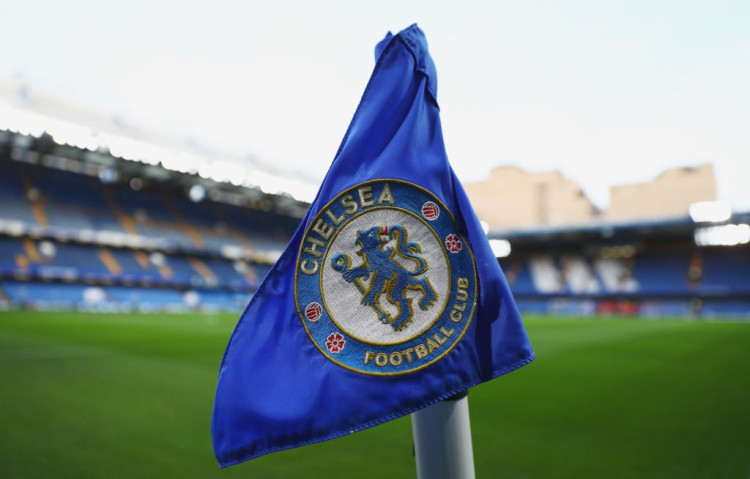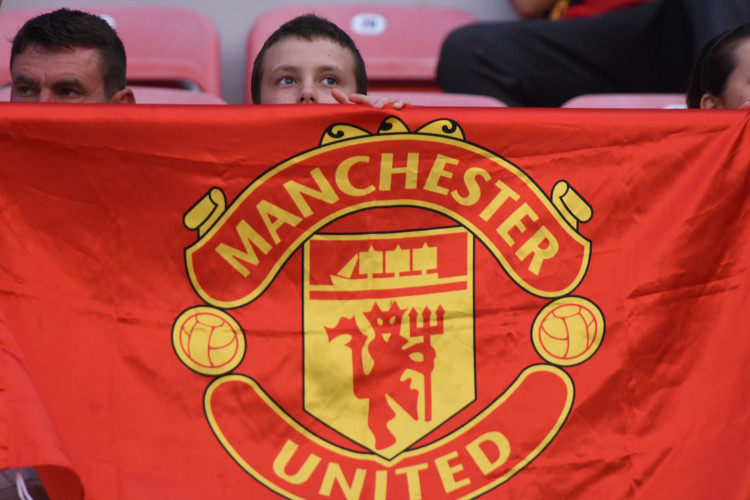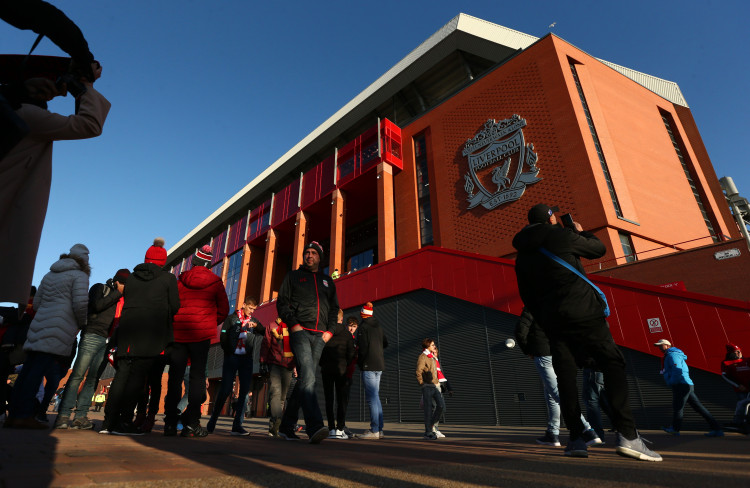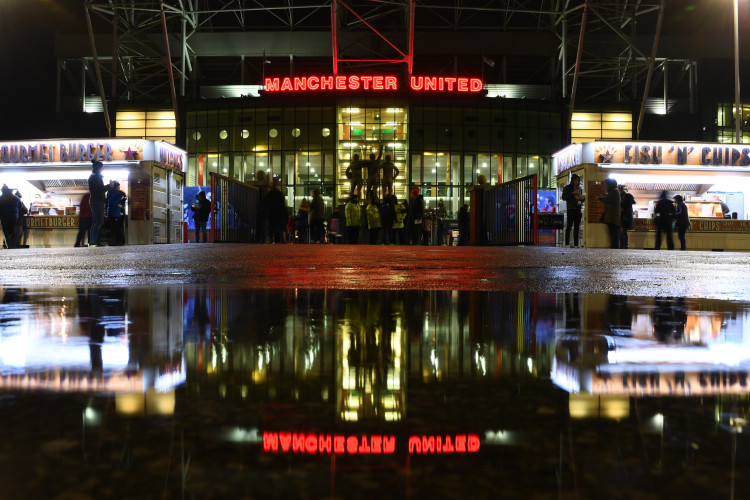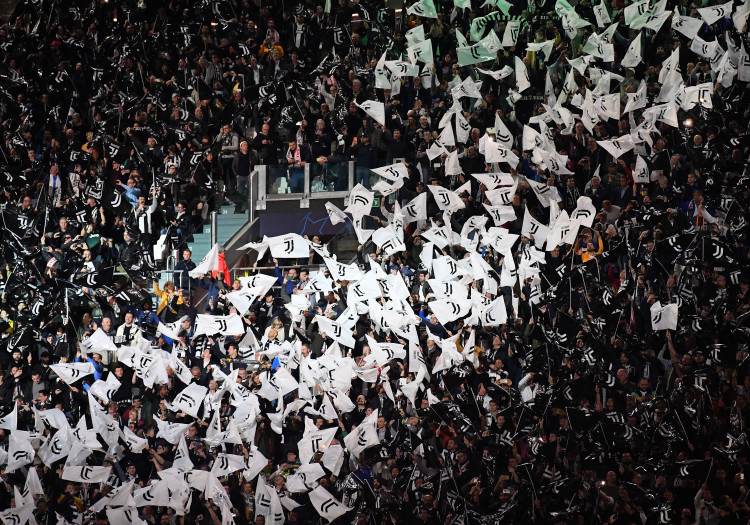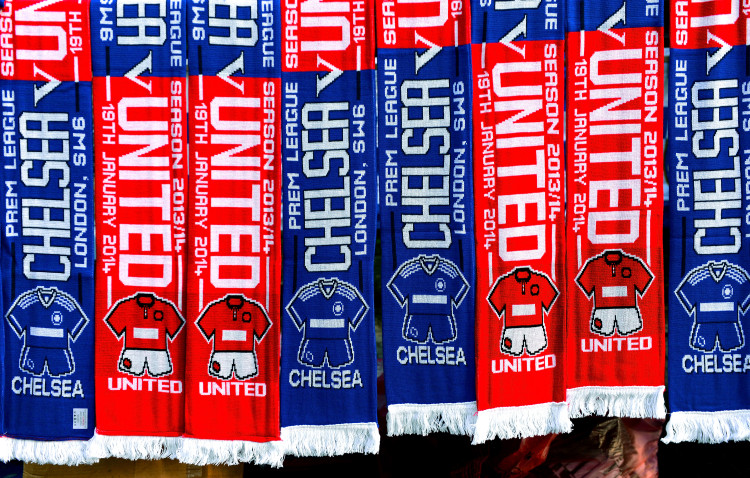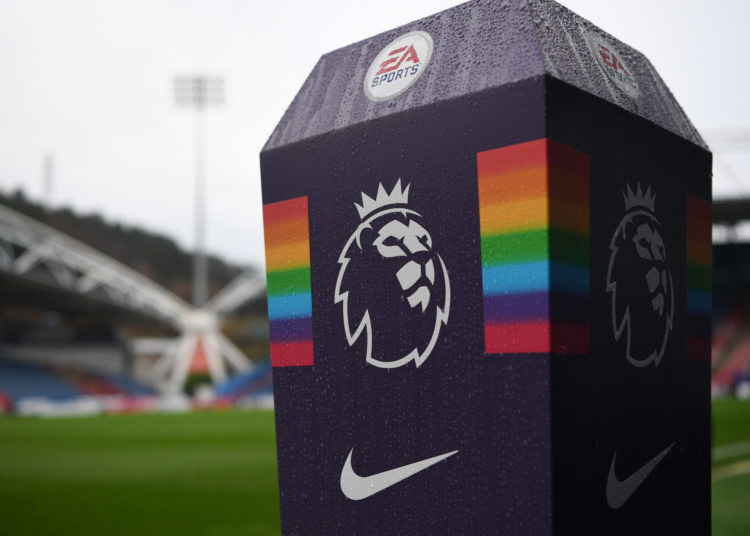
Old-School Revival: How Set Pieces and Tactical Innovation Are Shaping the Premier League
Set pieces are taking centre stage in the Premier League this season, and there is little doubt that clubs have started to treat dead-ball scenarios like goldmines. The stats speak volumes, as over a third of all goals come from set pieces, compared to just a quarter early last season, and it is not just coincidence.
Teams are hiring specialist coaches and designing increasingly elaborate routines, with training ground innovation appearing weekly in match highlights. The days when clubs relied solely on big target men in the box are gone; now, set-piece effectiveness is all about choreography, movement, and unpredictability.
For newly promoted and lower-table sides, this tactical shift is more than just a trend; it is a lifeline. When building sustained possession is difficult or open-play chances are scarce, set pieces become their repeatable weapon.
Experienced Championship campaigners and top-flight managers alike recognise the persistent value in squeezing every drop from corners and free-kicks, no matter how ugly or unorthodox it may look. Physicality and aggression have surged as a response, offering smaller clubs a genuine route to hurt bigger, more technical teams.
Across the division, fans have noticed the surge in creative routines: blocking runs, disguised deliveries, and clever touches that unlock tightly-packed defences. The set-piece revolution feels like old-school football reborn, updated for the modern era, with data, science, and tactical cunning turning the margins into results.
The Long Throw Renaissance in the Premier League: Driving Chaos and Chances from Set-Piece Restarts
Long throws are back in fashion across the Premier League, and the revival has been nothing short of remarkable. Once considered a niche tactic reserved for physical sides, the long throw has been reimagined as a set-piece weapon in its own right, not only for direct chance creation but for sowing chaos in opposition boxes. This season, every team has at least toyed with the idea — some to significant effect — demonstrating the tactic’s return to mainstream football thinking.
Statistically, the jump is clear: nearly 26% of throws into the attacking third now target the penalty area, more than double the rate seen in previous years. Clubs are deploying rehearsed routines straight from the training ground, treating long throws as if they were corners.
For most mid-table and promoted teams, these throws offer a low-risk, high-reward alternative to build-up play, letting sides create regular attacking moments without needing sustained possession in advanced areas. The ability to repeat these situations, generate second balls and force defensive errors gives otherwise lower-scoring teams much-needed offensive bite. Even elite sides are joining the movement.
Arsenal, for instance, have started mixing long throws into their playbook as part of a broader set-piece strategy, using territorial dominance to pin opponents back and maximise the value of every restart. As opponents pack the box to defend these throws, new routines and clever movements continue to emerge, proving the long throw’s tactical relevance in today’s top-flight football.
Arsenal are still the masters of set-pieces with a modern twist
Arsenal’s strategic focus on possession and territorial control has turned them into one of the most prolific set-piece threat creators this season. By dominating the final third, they consistently win a high number of corners and set pieces, which they turn into vital scoring opportunities. Their approach hinges on maintaining a high field tilt, keeping the ball in attacking zones, to craft multiple set-piece chances from different angles and positions.
What sets Arsenal apart in their set-piece routines from other Premier League clubs is their blend of creative routines alongside aerial prowess. They utilise tall, athletic players to attack these set pieces effectively but also incorporate unique, well-rehearsed patterns that catch opponents off guard.
The tactical philosophy is straightforward: control the game, win set pieces, and convert them into goals. This emphasis on set-piece mastery has resulted in a significant increase in goals scored from dead-ball situations, providing a crucial advantage in tight battles against defensively disciplined teams.
Moreover, Arsenal’s philosophy exemplifies modern football’s shift toward integrating possession-based control with set-piece efficiency. Their ability to generate and capitalise on these opportunities consistently keeps them dangerous, making set pieces a core element of their attacking identity. This methodical, data-driven approach proves that in today’s game, control in the final third often translates directly into goal-scoring success.
Late Goals Surge: Tactical Shifts and Stamina Battles Redefining Match Endings
The rise in late goals this Premier League season has become one of the most captivating storylines for fans and analysts alike. Stoppage-time strikes have surged to record levels, with 20 goals already scored beyond the 90th minute in just six weeks. This trend is not just about dramatic moments; it reflects deeper tactical shifts across clubs and styles of play.
Teams are increasingly adopting zonal defensive systems that become more compact and deeper as the game progresses, especially in the final stages. This drop in defensive lines traps opponents in their own half, setting the stage for dominant sides to pile on relentless pressure.
At the same time, the rise of man-oriented pressing earlier in matches has shifted energy use and made late-game positional lapses more common. Superior teams bring on fresh substitutes as allowed by the five-substitution rule, injecting stamina and creativity precisely when opponents are tiring.
Longer stoppages and added injury time only amplify these dynamics, giving attackers more opportunity to create second chances. For title contenders and teams fighting relegation battles, managing the swings in these frantic final minutes has become pivotal to success. The dynamics of these late goals hint at football’s evolving balance between endurance, tactics, and raw skill under pressure, making every second count more than ever.
Offsides are going out of fashion in the Premier League
The ongoing transformation in Premier League offside calls presents a fascinating glimpse into how technology and tactical shifts are changing the game. This season has seen a notable drop in offsides, a consequence largely attributed to the implementation of semi-automated offside technology.
This system provides instant, precise analysis, helping officials make faster and more accurate decisions. As a result, attackers are more cautious, avoiding premature runs that could lead to offside calls, knowing that the technology can detect infractions instantly.
Beyond technology, tactical trends have also played a role. Teams are adopting more direct, quick transitional play, which often involves fewer low-risk, slow build-up passes that tend to invite offside traps. Instead, the focus is on creating space behind defenders through fast, penetrating passes, often bypassing the need to break the offside rule altogether.
Higher defensive lines, employed by teams like Manchester City and Barcelona, are now complemented by smart timing of runs, which reduces the number of marginal offside situations.
This evolution reflects a delicate balance between attack and defense, with coaches and players adapting their approaches based on new tools and tactical insights. Ultimately, the reduction in offsides is indicative of a game increasingly driven by technological innovation, quicker decisions, and more nuanced attacking strategies.
Orthodox English Football Tactics make a comeback
The resurgence of physicality and set pieces in Premier League football is one of the defining characteristics of this season, driven in no small part by refereeing and tactical evolution. Clubs have embraced a more robust style, better suited to the fierce competition this campaign has brought on.
The referee’s approach, while maintaining fairness, appears to allow greater tolerance for physical duels, an adjustment that has inspired teams to push defenders and midfielders to use their strength and aggression more confidently.
This shift has also been encouraged by managers aiming to disrupt opponents’ rhythm and control the game through physical dominance. Tackling intensity, aerial duels, and aggressive pressing now carry heightened importance, often dictating momentum.
Players capable of outmuscling their opponents have grown in value across squads. Consequently, teams have become more adept at winning second balls and nasty challenges to break up opposition attacks. Moreover, this increase in physical play complements the rise in set pieces, long throws, and defensive organisation, shaping matches into battles not just of skill but of stamina and strength.
Fans are witnessing bruising contests where the psychological edge gained from physical supremacy can be the difference between victory and defeat. This renewed emphasis on physicality is a telling sign of football’s gritty, hard-fought identity returning to the Premier League.
The view from the corner
The tactical focus on maximising corners this season has brought a strategic renaissance to the Premier League’s dead-ball routines. Data reveals a direct correlation between a team’s share of attacking touches in the final third, known as field tilt, and the number of corners they earn, which in turn boosts their shot volume and goal-scoring potential.
Leading Premier League clubs have consciously adopted this approach, recognising that corner kicks are not mere set pieces but carefully crafted opportunities that demand practice, precision, and tactical nous.
Teams with greater dominance in territory use corners as a natural extension of their attacking play, wearing down opponents through pressure and clever deliveries. This shift has seen clubs invest in specialist coaches and innovative training regimens, resulting in an array of new routines involving blocking, decoy runs, and disguised deliveries.
The effectiveness of these refined corners is evident; not only do they create direct chances, but they also unsettle defences, forcing mistakes that lead to second-phase opportunities. Ultimately, corners have evolved beyond secondary options and become integral weapons in modern football arsenals.
Clubs that strategically emphasise field tilt to accumulate corners and execute high-quality deliveries are gaining critical advantages in tight matches. This renewed emphasis is changing fans’ perceptions too; corners are no longer just pauses in play but exciting, high-stakes moments loaded with tactical intrigue.
Conclusion: Witnessing the changing air of Premier League football evolution
The 2025/26 Premier League season is witnessing a fascinating revival of old-school tactics, cleverly blended with modern innovation and data-driven approaches. Set pieces, once considered a secondary opportunity, have reclaimed center stage as a critical weapon for teams across the division.
From the resurgence of long throws creating chaos in the box to Arsenal’s masterful use of territorial control to earn corners, dead-ball situations have become a reliable and strategic path to goals.
Clubs are investing in specialist coaches and evolving their routines with precision and creativity, turning each restart into a potential game-changer. At the same time, tactical shifts extend beyond set pieces. Teams now emphasise physicality and endurance, knowing that late goals are increasingly decisive in tightly contested matches.
Defensive approaches have evolved, and the interplay between zonal and man-marking has shaped the intensity of final minutes, with fresh substitutes often tipping the scales. Nottingham Forest’s bold stylistic transformation highlights the challenges and risks clubs face when changing football identities mid-season, striving for possession-driven play but struggling with defensive balance.
Offside trends also reveal a game adapting quickly to technological innovations and tactical nuances, with fewer offsides reflecting smarter attacking runs and defensive strategies. Altogether, the season showcases football’s ever-changing landscape, a captivating blend of old-school grit and modern strategy driving new excitement on the pitch.




